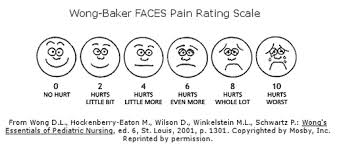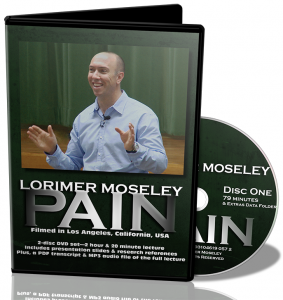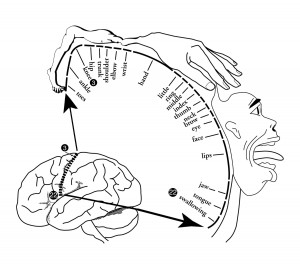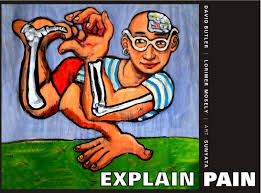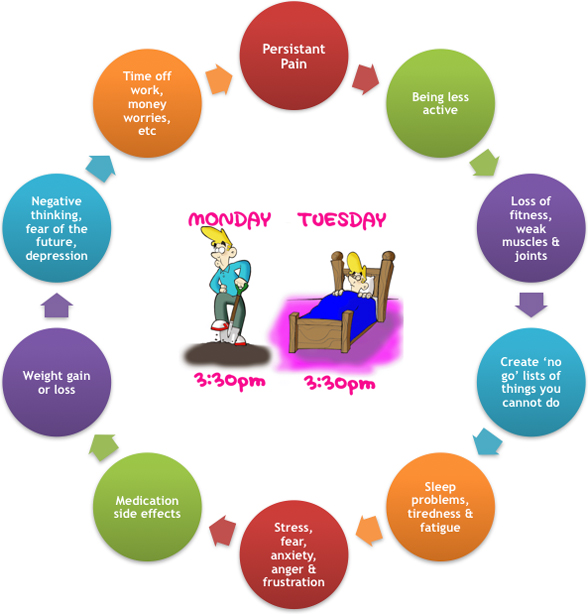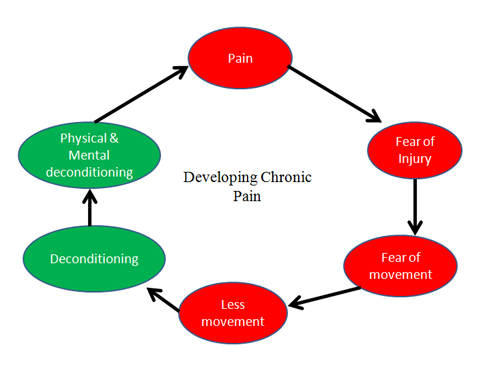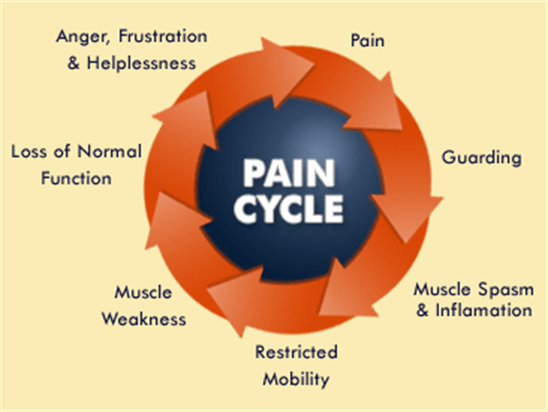Pain, my favorite resources
Pain Neuroscience Resources
Below I listed my favorite pain neuroscience resources. As a Person in Pain, Clinician or even as a Trainer, it is very important to understand pain, and to be able to incorporate pain education into your treatments or sessions. Unfortunately there are misconceptions surrounding pain in our society and unless we are educated, our patients or clients may not be able to fully recover.
Key Concepts from these resources before you begin:
- Pain is multi-factorial and very complex. Pain levels are not reliable and are inconsistent.
- When they say pain is all in your head, they are right. However this does not mean you are making it up. Your brain experiences pain due to the signaling from the nervous system.
- Pain is an output to the brain not an input. Nociception is the input, not pain. Nociception is the sum of the A Delta and C fibers. Other fibers also input the brain and override nociception as in the Gate Theory of Pain.
- Pain is the way your brain knows there is a perceived threat. With acute pain tissue damage is probably present. However with chronic pain the injury has healed, there is no threat however your brain thinks there is.
- In chronic pain there is a lowering of the threshold for neuronal firing. This makes signals easier to send to the brain that there is a threat. The more chronic the pain is the more that thoughts and emotions can affect it, either positively or negatively.
- Papercuts and stubbed toes hurt really bad, but there is little tissue damage present. On the other hand up to 75% of people have herniated discs at any given time and are completely asyptomatic.
- A papercut to somebody who values their hands more (a musician for instance) may experience more pain than somebody who doesn’t value their hands. This explains the emotional and mental part of pain.
- Injuries and Pain are not the same thing. Neither is healing and recovery.
- Exercise works with chronic low back pain.
Videos for Clinicians and Trainers to Watch
- Brainman Youtube Channel
- How to explain pain to your patients
- Getting a grip on pain. This is a 40 minute video from Professor Moseley which explains in more detail.
- Pain is it all in your mind? Another 40 or so minute video from Professor Moseley. Certainly worth your time
- The Role of the Brain in Chronic Pain. A 24 minute video to better understand how the brain works in chronic pain patients.
- Pain Dvds from Professor Moseley available for download from Movement Lecture.com. Highly recommend getting these!
Videos for Patients to Watch
- Understanding Pain in 5 minutes
- Your brain on pain. A 5-min Ted talk video by Karen Davis
- Chronic Pain
- Why things hurt? Another quick video from Ted Talks by Professor Moseley
Articles, Blogs, Websites
- A review of the book Explain Pain by Moseley and Butler
- Review of Conference with Moseley and Hodges on Pain and Motor Control
- Another good blog with other resources
- 50 Shades of Pain. Some great quotes from Dr Moseley
- Here’s a pdf of 50 Shades of Pain
- Body in Mind
Powerpoints
Patient Resources
- Pain Science.com Pain and Injury survival tips
- Pain Toolkit Website
- Free Pain Toolkit Download
- Pain Toolkit Resource List
- Patient Videos other than the ones I showed you above
- Explain Pain by David Butler and Lorrimer Moseley
- Why do I hurt book
- Managing Pain before it manages you
Other Sources
For use in your clinic
This list is not exhaustive. There’s so many others, it’s nearly impossible to post every source there is. I just posted some my favorites that help me understand and better able to explain pain to my patients. Hope this helps!


